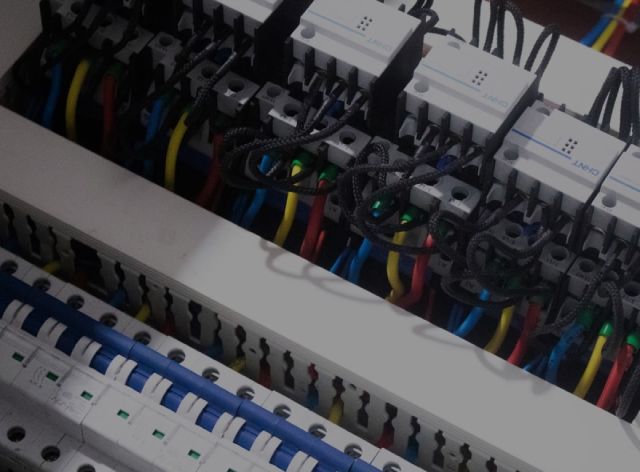Surge arrester
What is a Surge Protector?
A surge protector, also known as a surge arrester or surge suppressor, is an electrical component designed to prevent damage caused by electrical surges.
How does a Surge Protector work?
A surge protector functions by diverting harmful surges away from devices. When a surge occurs, the protector provides a low-resistance path for the surge, effectively channeling the excess current away from connected devices and preventing damage.
Types of Surge Protectors:
- Type 1 Surge Protectors: Installed outside the building, near the electrical entry point, designed to handle surges from direct lightning strikes.
- Type 2 Surge Protectors: Installed at the electrical panel or near sensitive equipment, designed to manage residual surges and voltage variations.
- Type 3 Surge Protectors: Installed directly on sensitive devices like computers and electronics for final surge protection.
How to choose the right Surge Protector?
The choice depends on the building's location, exposure level to surges, and equipment sensitivity.
Surtélec Surge Protectors distributed by Optim-Elec:
- AC Surge Protectors:
- T1-25M: Type 1 and 2, high-energy, for areas with high lightning density.
- T1-12.5: Similar to T1-25M with a 12.5 KA capacity.
- T2-40D and T2-30DB: Type 2 for primary network protection.
- DC Surge Protectors:
- T2-40DC: For photovoltaic systems.
- ELS-48-MPC: For 48 VDC systems, protecting sensors and automation devices.
For more details, visit the Surtélec Surge Protectors webpage.
Frequently Asked Questions
A surge arrester protects electrical and electronic systems from transient overvoltages, diverting excess energy to ground and preventing equipment damage.
Read More
Read More
During a voltage surge, the arrester channels the current to the ground, bypassing the electrical system and protecting connected equipment.
Read More
Read More
Surge arresters are categorized as Type 1 (for buildings with lightning rods), Type 2 (for main panels), and Type 3 (for sensitive device protection).
Read More
Read More
Surge arresters should be installed in areas with frequent lightning, on buildings with lightning rods, or where sensitive electronics require protection.
Read More
Read More

